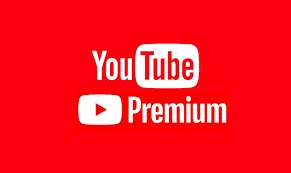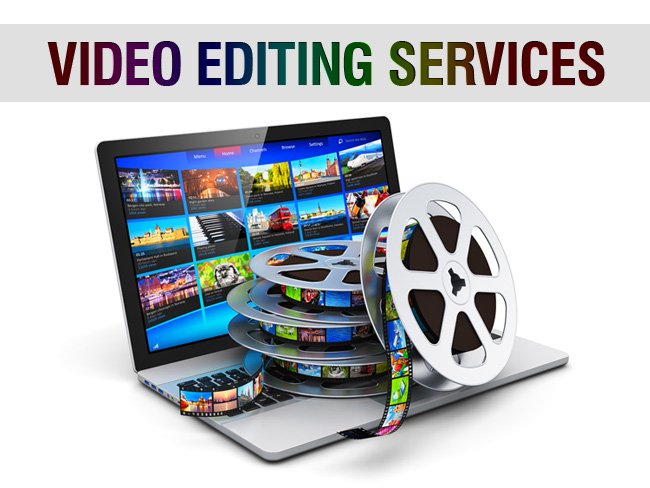Animation has always been at the forefront of visual storytelling, serving as a powerful medium for expressing creativity and conveying complex ideas. From its humble beginnings with hand-drawn cartoons to the sophisticated computer-generated imagery (CGI) we see today, animation has continuously evolved, pushing creative boundaries and captivating audiences across a wide range of industries. Whether it’s entertaining children with imaginative stories, explaining intricate concepts in educational content, or enhancing brand identities through striking visuals, animation has become an indispensable tool in modern communication.
As technology advances, animation continues to adapt and innovate, introducing groundbreaking techniques and emerging trends that redefine how we experience visual content. These innovations not only enhance the aesthetic appeal of animations but also make them more accessible and engaging for diverse audiences. From blockbuster films and video games to advertising campaigns and social media snippets, animation is now an integral part of our daily lives. The industry’s ability to merge art with technology has made it a dynamic force that constantly reshapes how stories are told and ideas are shared.
In this rapidly changing landscape, staying updated with the latest animation trends is essential for creators, businesses, and audiences alike. These 10 animation trends are currently dominating screens everywhere, reshaping the industry, and setting new standards for what animation can achieve.
Animation has always been at the forefront of visual storytelling, pushing creative boundaries and captivating audiences across industries. As technology evolves, animation continues to adapt, introducing new techniques and trends that redefine how we experience visual content. From blockbuster films to social media snippets, these 10 animation trends are dominating screens everywhere and reshaping the industry.
1. Hyper-Realistic 3D Animation

Hyper-realistic 3D animation is bridging the gap between reality and imagination. Using advanced rendering techniques and AI-driven tools, animators can create lifelike characters, environments, and textures. This trend is widely seen in blockbuster films, video games, and product visualizations, delivering experiences that blur the lines between real and virtual worlds.
2. 2D Animation Renaissance

While 3D animation dominates many sectors, 2D animation has made a powerful comeback. Its nostalgic charm and artistic simplicity are driving its resurgence in advertisements, music videos, and indie films. With modern tools making 2D animation more accessible, creators are leveraging its timeless appeal to tell emotionally resonant stories.
3. Motion Graphics and Kinetic Typography

Motion graphics, particularly kinetic typography, are gaining traction in marketing and explainer videos. Combining dynamic text with bold visuals, this trend delivers information quickly and effectively. It’s especially popular on social media platforms, where short, engaging content is key to capturing attention.
4. AR and VR Animation

Augmented reality (AR) and virtual reality (VR) are revolutionizing animation by offering immersive, interactive experiences. From AR filters on social media to VR gaming worlds, animators are crafting content that allows users to engage with stories like never before. This trend is transforming industries such as education, retail, and healthcare by providing innovative ways to communicate and learn.
5. AI-Driven Animation

Artificial intelligence is reshaping the animation landscape by streamlining workflows and enabling new possibilities. AI tools can automate tasks like lip-syncing, motion capture, and background generation, freeing animators to focus on creativity. Additionally, AI-generated animations are opening up avenues for personalized content, where users can influence story outcomes in real-time.
6. Minimalist and Flat Design Animation

Simplicity is taking center stage with minimalist and flat design animations. These styles prioritize clean lines, bold colors, and straightforward visuals, making them perfect for explainer videos and app interfaces. Their efficiency and clarity ensure the message is communicated effectively without overwhelming the viewer.
7. Looping GIFs and Short Animations

With the rise of platforms like Instagram, TikTok, and Giphy, short, looping animations are more popular than ever. These bite-sized visuals are ideal for grabbing attention in a crowded digital space. Brands and creators are using GIFs and micro-animations to convey messages quickly and memorably.
8. Hand-Drawn Aesthetic

The hand-drawn aesthetic brings a human touch to animation, standing out in a world dominated by digital precision. Whether it’s actual hand-drawn frames or digital simulations of the style, this trend resonates with audiences by evoking authenticity and warmth. It’s especially popular in storytelling and brand campaigns aiming to connect emotionally with viewers.
9. Liquid and Morphing Effects

Liquid and morphing animations add a sense of fluidity and dynamism to visuals. These effects are often used in transitions, logos, and character animations, creating seamless transformations that captivate the viewer. The smooth, organic movements lend an artistic flair to both digital and traditional media.
10. Integration of Live Action and Animation

The blending of live-action footage with animation is becoming increasingly sophisticated, thanks to advancements in compositing and motion tracking. This hybrid style is widely used in commercials, music videos, and feature films, offering limitless creative possibilities. It’s particularly effective for creating surreal or imaginative scenes that wouldn’t be possible with live action alone.
How These Trends Are Influencing Industries
Animation trends aren’t limited to entertainment; they’re shaping various industries:
- Marketing and Advertising: Brands are using dynamic animations and motion graphics to create memorable campaigns.
- Education and Training: AR and VR animations are making learning more engaging and interactive.
- Healthcare: Hyper-realistic 3D animations are being used to visualize complex medical procedures.
- Gaming: AI-driven animations are delivering personalized and immersive gaming experiences.
Embracing the Future of Animation
Adapting to these trends requires staying informed and investing in the right tools and technologies. Animators and businesses alike should:
- Stay Updated: Follow industry leaders and attend animation festivals to keep up with emerging trends.
- Experiment Creatively: Don’t be afraid to mix and match styles to create unique visual experiences.
- Invest in Technology: Leverage AI tools, rendering software, and AR/VR platforms to stay competitive.
- Focus on Storytelling: Trends come and go, but compelling stories remain at the heart of impactful animation.
Conclusion
The animation landscape is evolving rapidly, with trends like hyper-realistic 3D, AR integration, and minimalist designs leading the charge. These innovations are not only enhancing visual appeal but also expanding the potential of animation across industries. By embracing these trends, creators and businesses can craft experiences that resonate with audiences and stand out in a crowded digital world. As animation continues to push creative boundaries, the possibilities are as limitless as the imagination. sprunki horror Endless Fun Awaits!



